I'm trying to plot the Worm plot residuals on a model fitted using the gamlss function from the gamlss package. The interest graph looks like the one below:

Initially, below is the computational routine referring to the use of the wormplot_gg function from the childsds package, however, the result expressed using the function described above is not looks like the example shown above, which is being applied to a dataset contained within R.
library(ggplot2)
library(gamlss)
library(childsds)
head(Orange)
Dados <- Orange
Model <- gamlss(circumference~age, family=NO,data=Dados); Model
wp(Model)
wormplot_gg(m = Model)
Below are the traditional results via the wp function in the gamlss package.
And finally, we have the results obtained through the wormplot_gg function from the childsds package. However, as already described, this one does not present itself in the way I am interested, that is, with the visual structure of the first figure.


